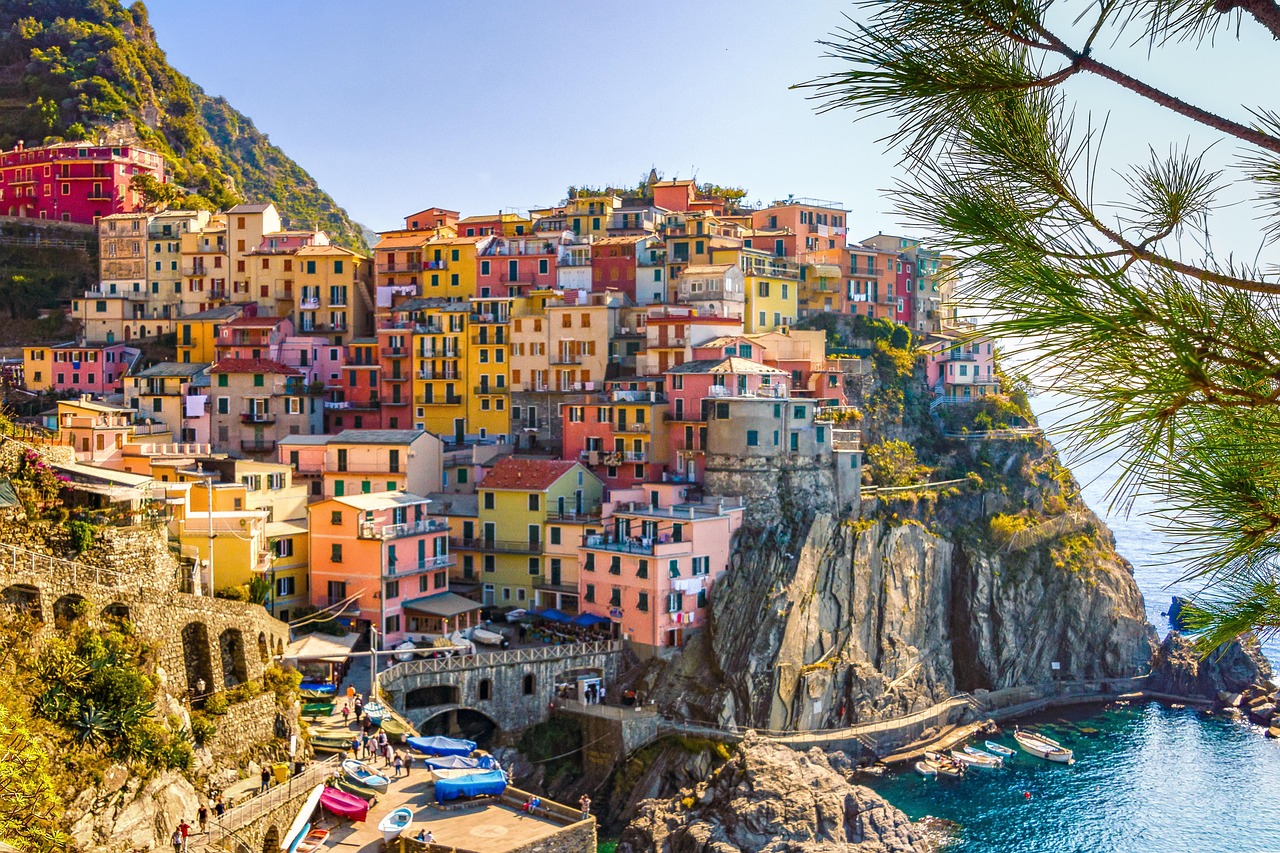Planning your dream trip to Italy? Understanding the Italy travel cost breakdown is key to enjoying every moment without the financial stress. From the cobbled streets of Florence to the breathtaking canals of Venice, knowing where your money goes will elevate your experience. Let’s dive into essential tips that will help you navigate costs like a seasoned traveler.
Contents
- Why Understanding Travel Costs Matters
- 1. Accommodation Costs: What to Expect
- 2. Transportation: Know Your Options
- 3. Food Costs: Savoring Every Bite
- 4. Attractions: Plan Ahead to Save
- 5. Tipping Etiquette: Know the Norms
- 6. Souvenirs and Shopping: Budget Wisely
- 7. Connectivity: Stay Connected Without Breaking the Bank
- 8. Free and Low-Cost Activities
- 9. Travel Insurance: A Worthwhile Investment
- 10. Budget for the Unexpected
- Bottom Line
Why Understanding Travel Costs Matters
When you step onto Italian soil, you’re not just entering a country; you’re stepping into a vibrant tapestry of culture, art, and history. But without a clear grasp of your budget, that experience can quickly turn overwhelming. Understanding your expenses beforehand allows you to indulge in gelato without guilt and savor that rich pasta dish with joy.
Get Familiar with Currency and Conversion Rates
Italy uses the Euro (€), and knowing the current exchange rate is essential. Check rates regularly, as they fluctuate. Use reputable sites like XE.com to track rates and plan your budget accordingly.
- Tip: Always have a small amount of cash for local markets or smaller establishments that may not accept cards.
1. Accommodation Costs: What to Expect
Your choice of accommodation can significantly impact your budget. Prices vary widely based on location, type, and time of year.
- Hostels: €20-€50 per night
- Budget Hotels: €70-€150 per night
- Mid-range Hotels: €150-€300 per night
- Luxury Hotels: €300 and above per night
Where to Save
Consider booking in advance or during off-peak seasons to snag better rates. Sites like Booking.com or Airbnb often provide deals, especially if you’re flexible with your travel dates.
2. Transportation: Know Your Options
Navigating Italy can be a joy. From trains to buses, you have several affordable options.
- Trains: The high-speed trains between major cities (like Rome to Milan) cost around €30-€80, depending on how early you book.
- Buses: Long-distance buses can be even cheaper, with prices starting from €5.
- Local Transport: Use public transport in cities; most metro tickets are under €2.
The Savvy Traveler’s Tip
Consider getting an Italy Rail Pass if you plan to travel extensively. It can save you a bundle on train fares, especially if you’re hopping between multiple cities.
3. Food Costs: Savoring Every Bite
Italian cuisine is a feast for the senses, but let’s be honest—dining can add up.
- Street Food: €3-€8 for snacks like pizza al taglio or arancini.
- Casual Dining: €10-€25 for a meal at a trattoria.
- Fine Dining: €40 and up for a multi-course experience.
Eating Smart
Don’t shy away from local markets and bakeries. They often offer delicious meals at a fraction of restaurant prices. Plus, picnicking with a fresh baguette, cheese, and wine by the Colosseum? Memorable.
4. Attractions: Plan Ahead to Save
Italy is packed with must-see attractions, but entry fees can add up fast.
- Museums: Average €10-€20 per entry.
- Historic Sites: Expect to pay around €15 for places like the Colosseum or the Uffizi Gallery.
Maximize Your Experience
Look for city passes that bundle multiple attractions. For example, the Roma Pass offers discounted entry and public transport, making it a smart investment.
5. Tipping Etiquette: Know the Norms
Tipping in Italy isn’t mandatory, but it’s appreciated. Here’s a quick guide:
- Restaurants: Rounding up the bill or leaving €1-€2 is common.
- Bars/Cafés: A small change is often enough.
The Bottom Line on Tipping
It’s more about appreciation than obligation. If you received exceptional service, feel free to show your gratitude.
6. Souvenirs and Shopping: Budget Wisely
Italy brims with unique crafts and delicious local products.
- Local Artisans: Expect to pay €10-€100 for handmade goods.
- Markets: Bargaining can lead to better deals.
Smart Shopping Tips
Focus on local products rather than touristy knick-knacks. Authentic ceramics from the Amalfi Coast or quality leather goods from Florence are worth the investment.
7. Connectivity: Stay Connected Without Breaking the Bank
Staying connected in Italy can be affordable.
- Local SIM Cards: Starting around €10 for basic data plans.
- Wi-Fi: Available in most hotels and cafés, but don’t rely solely on it.
A Handy Hack
Consider downloading offline maps before your trip. Google Maps allows you to save areas for offline use, keeping you connected without incurring roaming fees.
8. Free and Low-Cost Activities
Italy isn’t just about spending; it’s also about experiencing.
- Parks and Gardens: Many are free to enter, like the Boboli Gardens in Florence.
- Festivals: Check local calendars for free events.
Embrace the Local Culture
Engage with locals, attend free concerts, or explore hidden gems recommended by residents. These experiences often become the highlights of your trip.
9. Travel Insurance: A Worthwhile Investment
Travel insurance might seem like an unnecessary expense, but it’s crucial. Medical emergencies or trip cancellations can cost you dearly.
- Basic Coverage: Starts around €30 for a week.
- Comprehensive Plans: €100 and up, covering a wide array of issues.
Why It Matters
Peace of mind is invaluable. Knowing you’re covered for unexpected events lets you enjoy your trip fully.
10. Budget for the Unexpected
Life is unpredictable, and travel is no exception. Always allocate a portion of your budget for unexpected expenses.
- Emergencies: €100-€200 set aside for unforeseen costs.
- Spontaneous Experiences: Sometimes the best memories are formed by saying yes to the unexpected.
Stay Flexible
Being adaptable with your plans can lead to incredible adventures. Whether it’s an impromptu vineyard tour or a sunset boat ride, your willingness to embrace spontaneity can enrich your journey.
Bottom Line
Navigating the Italy travel cost breakdown doesn’t have to be daunting. By understanding where your money goes, you can fully immerse yourself in all Italy offers. With a little planning, you’ll savor every gelato and every sunset without looking at your wallet in despair.
Are you ready to pack your bags and explore Italy with confidence? Your adventure awaits!
Frequently Asked Questions
1. What’s the average daily budget for traveling in Italy?
A reasonable estimate is €70-€150 per day, depending on your travel style.
2. Is it better to exchange currency before traveling?
It’s often better to withdraw cash from ATMs in Italy for a better exchange rate.
3. Are credit cards widely accepted in Italy?
Yes, but always have cash for smaller establishments.
Embrace the magic of Italy, and make every moment count!








